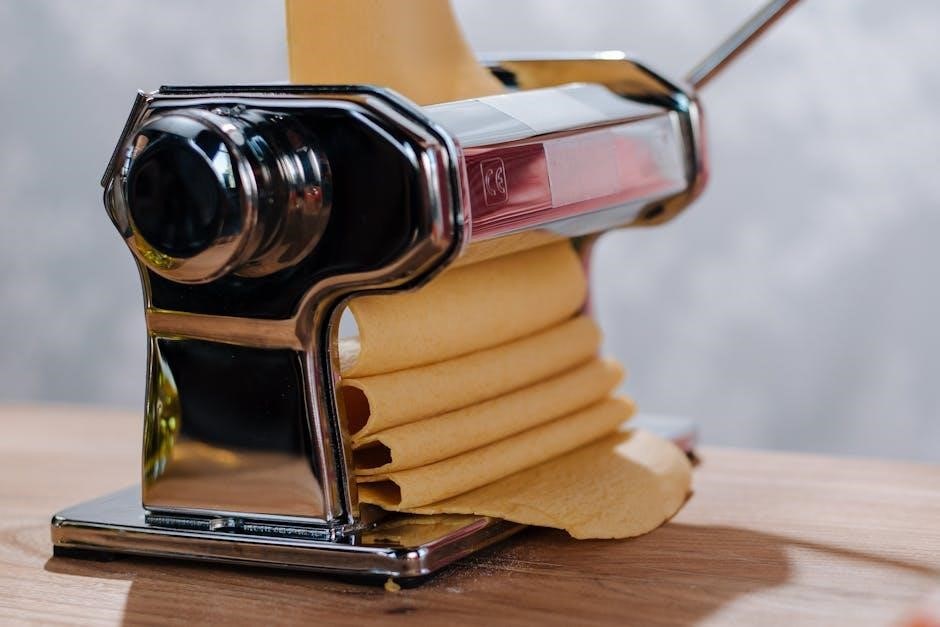Manually rolling up a power window involves detaching the glass from the motor or regulator and sliding it up securely. Remove the door panel, disconnect the window from the motor, and carefully lift the glass to the top position. Ensure the window is properly secured to maintain vehicle safety.
Prepare the Necessary Tools and Materials
To manually roll up a power window, you’ll need a few essential tools and materials. Start by gathering a screwdriver set, pliers, a wrench, and Torx bits for removing the door panel and accessing the window mechanism. Masking tape or soft cloth can prevent scratches on the glass. Wear protective gloves to ensure a firm grip and avoid injuries. A hammer might be useful if the motor or regulator is stuck. Additionally, lubricants like WD-40 can help loosen any jammed parts. If the window is off-track, a rubber mallet could be handy to realign it. Ensure you have a clean, dry workspace to avoid further complications. Lastly, consult a repair manual specific to your vehicle model for accurate guidance. Having these tools ready will streamline the process and minimize the risk of damage to your car’s interior or window system.
Remove the Door Panel
Removing the door panel is the first step to accessing the window mechanism. Start by using a screwdriver to remove the screws that hold the panel in place. These are typically located around the edges, near the door handle, and at the bottom. Gently pry the panel away from the door frame using a flat tool or your hands, working carefully to avoid damaging the clips or trim. Once the screws are removed, disconnect any electrical connectors for features like power windows, door locks, or speakers. Set the panel aside in a safe place to prevent scratches or damage. Wear gloves to protect your hands while handling the panel and internal components. This step provides access to the window motor, regulator, and glass, allowing you to proceed with manual adjustments or repairs. Ensure the door is open to make the process easier and safer.
Disconnect the Window from the Motor
Disconnecting the window from the motor is essential to manually roll it up. Locate the clips or bolts that attach the window to the motor or regulator. Use a wrench or pliers to release these connections. Be cautious not to damage the gears on the motor or the regulator. Once disconnected, ensure the window is secure to prevent movement. This step allows you to bypass the faulty motor and manually raise the window. Take your time and use a flashlight if needed for better visibility. Avoid forcing the connections to prevent further damage. After disconnecting, proceed to disengage the motor for manual operation.

Disengage the Motor
Disengaging the motor is a critical step to manually roll up the window. Once the window is disconnected from the motor, focus on the motor assembly. You may need to remove additional components to access the motor fully. With the door panel off, locate the motor and its wiring harness. Disconnect the power supply to the motor by unplugging the wires connected to it. This ensures the motor won’t interfere with manual operation. For some vehicles, you may need to apply direct power to the motor temporarily to disengage it from the regulator. Use caution and consult a wiring diagram if unsure. Once the motor is disengaged, you can safely proceed to roll up the window manually. Be careful not to force any parts, as this could damage the motor or regulator further. Proper disengagement ensures smooth manual operation and prevents unexpected movement.
Manually Roll Up the Window
Once the motor is disengaged, you can proceed to manually roll up the window. Grip the window firmly with both hands, placing one palm on the outside and the other on the inside for better control. Stand at the door opening and slowly lift the window upward. Apply steady, even pressure to avoid shattering the glass. If the window is stubborn, carefully rock it back and forth while lifting to dislodge it from the stuck position. Ensure the window aligns properly with the door frame as you raise it to prevent misalignment. Be cautious not to apply too much force, as this could damage the regulator or surrounding mechanisms. Once the window is nearly at the top, use one hand to guide it while securing it in place with the other. This step requires patience and precision to ensure the window is raised safely and effectively without causing further damage.
Secure the Window in Place
After manually rolling up the window, it’s crucial to secure it in place to prevent it from falling or moving. Use packing tape or masking tape to hold the window firmly in its upright position. Apply the tape across the top edge of the glass, attaching it to the door frame for stability. For added security, you can use a window lock or clamp to keep the glass in place. Ensure the window is aligned properly with the door frame to avoid leaving gaps or causing misalignment. If the window is not closing completely, consider using additional reinforcement, such as a second layer of tape or a temporary adhesive. Avoid relying solely on the tape for extended periods, as it may lose its grip over time. Once the window is secured, check its position by gently tugging on it to ensure it’s stable. This step is essential to protect the window from accidental movement and to maintain the vehicle’s safety and appearance until a permanent repair can be made.
Check for Blockages
Before attempting to manually roll up the window, it’s essential to check for any blockages that might prevent it from moving smoothly. Inspect the window track and regulator for debris, dirt, or obstructions. Use a flashlight to examine the area behind the door panel, as small objects or dust accumulation can hinder the window’s movement. If you find any debris, carefully remove it using a soft brush or compressed air. Additionally, ensure the window regulator is free from tangling or twists, as this can impede the window’s ability to roll up properly. If the regulator is damaged, it may need to be repaired or replaced. After clearing any blockages, test the window by gently pushing it upward to ensure it moves without resistance. Removing obstructions will help ensure a smoother and safer manual rolling process, reducing the risk of further damage to the window or its mechanism.

Apply Power Directly to the Motor (Optional)
If the motor is still functional but not responding to the switch, you can apply power directly to the motor as an optional step. This method requires caution and basic electrical knowledge. Remove the door panel and locate the motor’s wiring harness. Identify the correct wires that control the motor’s up and down functions, typically marked by their color coding (e.g., orange/white and white/black wires). Using a battery and wires, carefully apply power to the appropriate terminals to test the motor’s operation. If the motor turns, it indicates the issue may lie with the switch or wiring. Be cautious not to short-circuit the system, as this could cause permanent damage. Once the motor is operational, you can manually guide the window to the desired position. This method is a temporary solution and should only be attempted if you are confident in your abilities. If unsure, consult a professional mechanic to avoid further complications. This step can help confirm whether the motor itself is faulty or if the issue lies elsewhere.
Consider Replacing the Motor or Regulator

If the motor or regulator is damaged, it may be necessary to replace them. Start by accessing the motor through the door panel. Inspect for visible damage or wear. If the motor is faulty, disconnect it from the regulator and remove it. Install a new motor, ensuring proper alignment with the regulator. Reconnect the wiring and test the window operation. If the regulator is damaged, remove it along with the motor and replace it with a new one. Reattach the window to the new regulator and motor, then reassemble the door panel. Test the window to ensure smooth operation. If unsure, consult a professional to avoid further issues. This step ensures long-term functionality and safety of the window mechanism.

Protect the Vehicle if the Window Cannot Be Raised
If the window cannot be raised, it’s crucial to protect your vehicle from weather damage or theft. Cover the open window with a waterproof tarp or plastic sheet, securing it tightly with tape or rope. Park the vehicle in a shaded, dry area to prevent further exposure. Avoid leaving valuables inside, as an open window can attract potential thieves. If the window is stuck down, consider using a temporary adhesive window cover available at auto parts stores. These covers provide a seal and can be trimmed to fit the window frame. Additionally, apply a layer of clear plastic film on the inside of the window for extra protection. Regularly check the cover’s condition and reapply as needed. Address the issue promptly to prevent long-term damage and maintain your vehicle’s security and appearance. Always prioritize securing the vehicle to avoid costly repairs later.

Explore Alternative Methods
If traditional methods fail, consider alternative approaches to manually roll up the window. One method involves taping both sides of the window glass to create a secure grip. Apply strong adhesive tape on the outside and inside of the glass, ensuring it is centered and evenly spaced. This allows you to pull the window up without risking breakage. Another option is to use a rubber grip tool or a suction cup to enhance your grip on the glass, providing better control while lifting. Additionally, some recommend standing at the door opening and placing one hand on the outside of the window and the other on the inside to stabilize it while pushing upward. For stubborn windows, try using a rope or strap looped around the glass and tied to a stationary object to gently pull it up. Always be cautious to avoid applying too much force, which could damage the glass or door frame. These alternative methods can provide a temporary solution until professional repairs are made.
